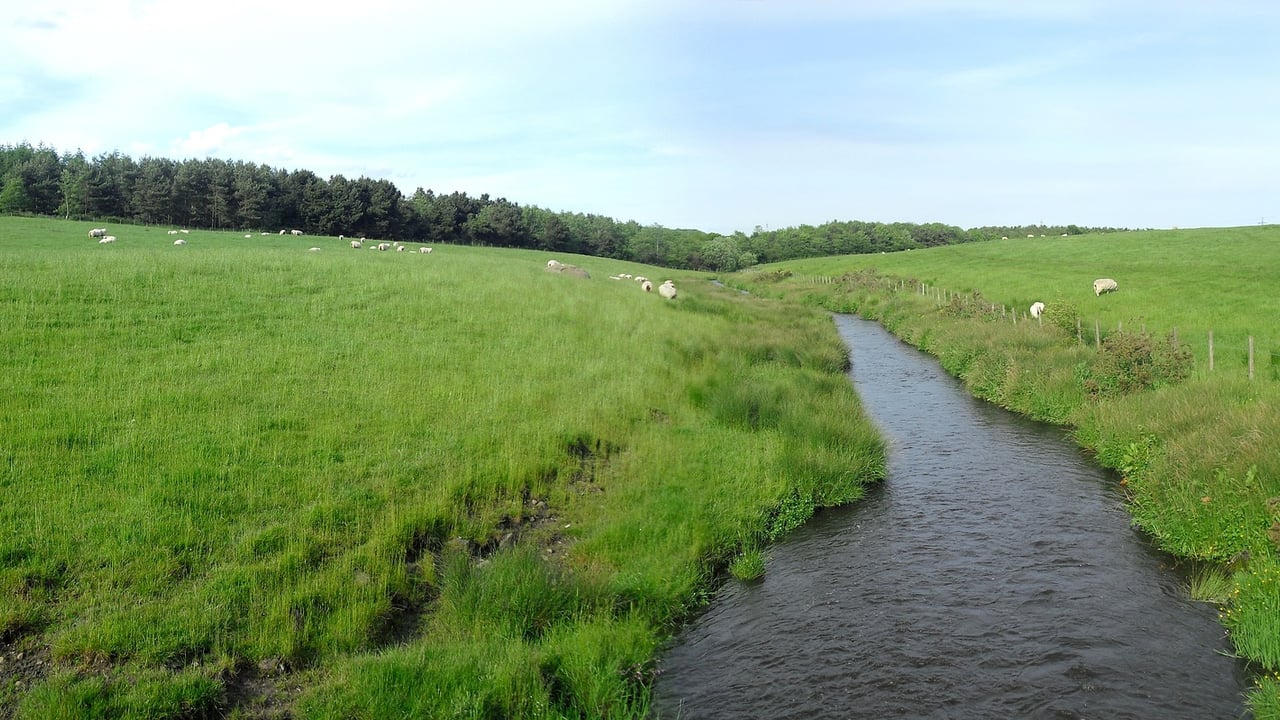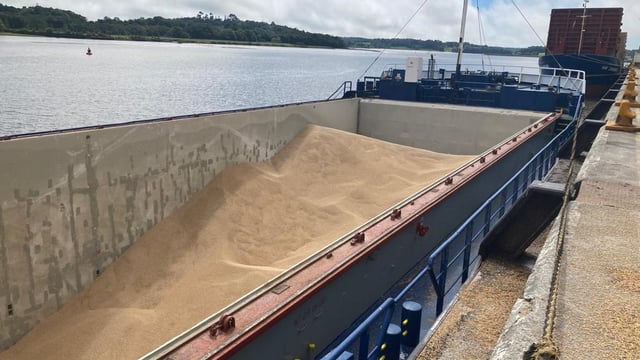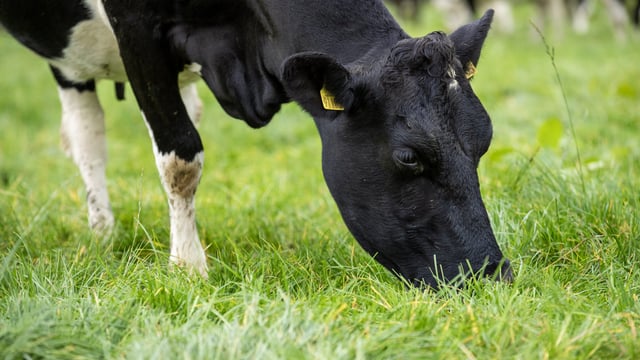Consultation launched on Water Action Plan for 2028-2033
The Department of Housing, Local Government and Heritage is inviting submissions, observations and comments on the timetable and work programme for the development of Ireland’s fourth Water Action Plan for 2028–2033.
The purpose of the consultation, the department said, is to seek the public’s views on the timetable and work programme which sets out the main steps and milestones in the process of preparing the fourth Water Action Plan, which will be published by December 2027.
This is the first of three public consultation stages on the three-year development of this Water Action Plan. Each public consultation will last for six months.
This public consultation will remain open until 5:00p.m on July 25, 2025.
The department has developed a document explaining the purpose of the public consultation, and an outline of the objectives of the Water Action Plan.
A short, targeted questionnaire has also been developed to facilitate responses to some of the key questions the department has in relation to the development of the next plan.
The responses received to the questionnaire will "allow us to determine the public opinion on the current Water Action Plan and the level of engagement between the implementation bodies and the stakeholders", the department said.
The questionnaire will also help the department to shape the development of the consultation process at different stages of the plan, while guiding the assessment of the success of the measures put in place in the current Water Action Plan to improve water quality.
In other water quality-related news, director of Teagasc, Prof. Frank O'Mara recently said that local meetings on the issues of environment and water quality are seeing large turnouts of farmers.
Prof. O’Mara said that farmers are open to taking ownership for poor water quality “if they are part of the issue”.
Data from the Environmental Protection Agency (EPA) suggests that nitrogen (N) concentrations in waters nationally reduced in the first half of 2024 relative to other years, and that they are at the lowest they have been since 2016.
“We know the measures that need to be implemented on farms and there is uncertainty around the time lag but the 2024 data that the EPA published for the first half of the year is positive,” Prof. O’Mara said.





